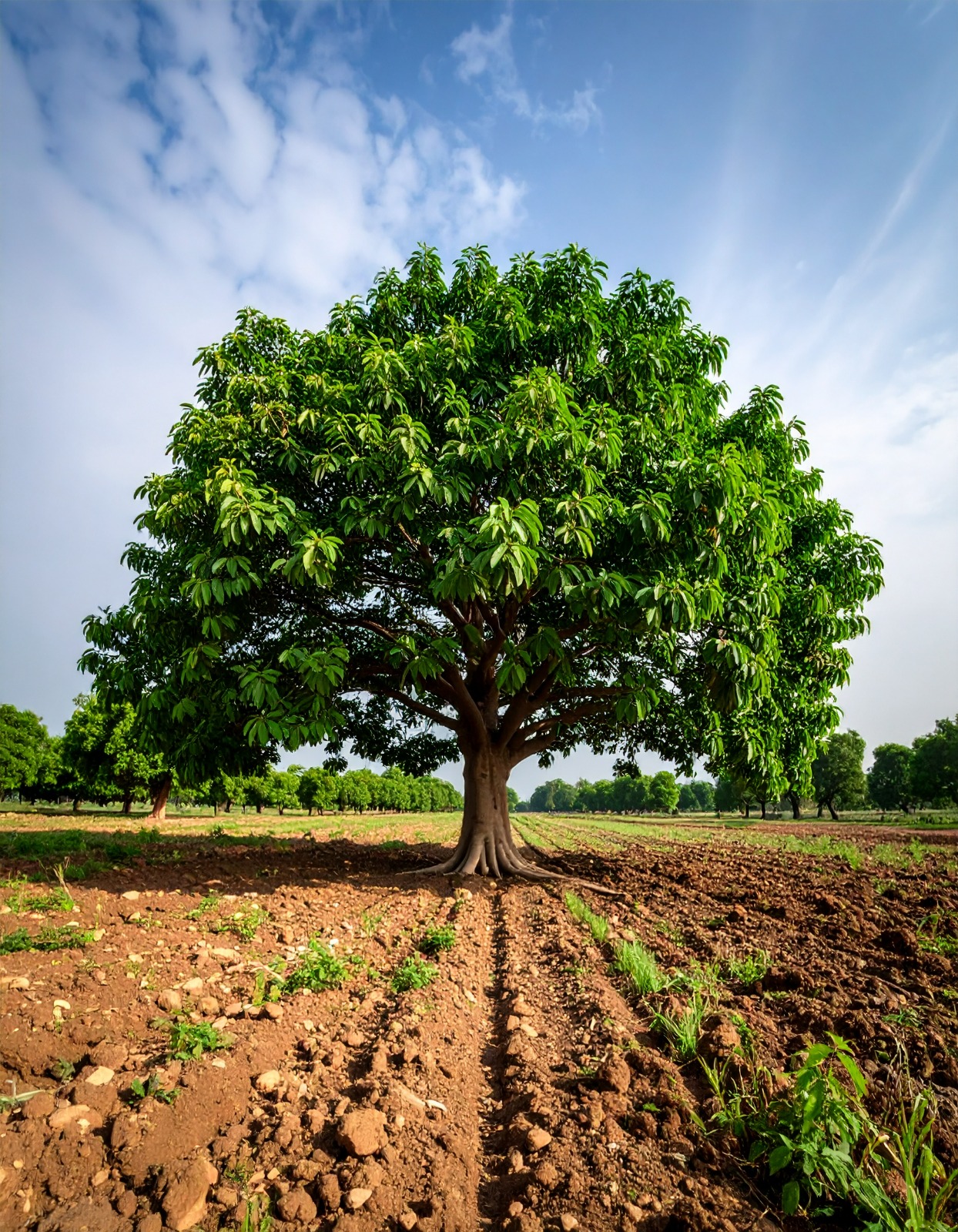Sandalwood, often called “Green Gold,” is one of the most valuable and revered trees worldwide. Celebrated for its fragrant heartwood and healing properties, sandalwood has played an essential role in religious ceremonies, perfumes, traditional medicine, and cosmetics for centuries. Its unique aroma and medicinal benefits, combined with limited natural supply, make sandalwood a highly sought-after timber and a premium agroforestry investment option.
Ecological and Economic Importance
Beyond its prized fragrance, sandalwood offers environmental benefits such as soil conservation and biodiversity support. This slow-growing tree is hemi-parasitic, relying on host plants for nutrients, which promotes healthy agroforestry ecosystems. Economically, sandalwood cultivation promises high financial returns due to strong global demand for its heartwood and essential oil, especially from markets like the USA, China, UAE, and Australia.
The Sandalwood Species and Growth Characteristics
Sandalwood belongs to the genus Santalum, with Santalum album (Indian sandalwood) being the most renowned species. Native to southern India and Southeast Asia, this tree can grow up to 20–30 feet tall. It produces golden-yellow heartwood known for its distinctive scent, which intensifies with age. The tree grows slowly, forming valuable heartwood typically after 10–15 years, and reaches full maturity around 15–20 years.
A Profitable and Sustainable Investment
Investing in sandalwood offers a rare opportunity to combine sustainable forestry with long-term financial gains. With its increasing demand, resilient growth, and ecological benefits, sandalwood farming appeals to investors and farmers focused on wealth creation and environmental stewardship. Shri MPR Realty manages the entire investment process—from land acquisition and plantation to harvesting and profit-sharing—making sandalwood farming accessible and rewarding.
Why Invest in Sandalwood?
High Market Value
Sandalwood heartwood and oil fetch premium prices—heartwood can cost ₹8,000–₹15,000 per kg, and oil up to ₹3 lakh per liter internationally.
Long-Term Passive Income
Though slow-growing, sandalwood provides substantial returns after 15–20 years, making it an excellent wealth-building asset.
Global Demand
Strong demand in cosmetics, pharmaceuticals, and perfumery sustains sandalwood’s high price and market stability.
Low Maintenance
Once established, sandalwood trees are drought-resistant and require minimal upkeep, thriving alongside host plants.
Cultivation Guide: How Sandalwood Grows
Ideal Climate and Soil
Prefers tropical and subtropical regions with well-drained, slightly alkaline to neutral soils. Avoid waterlogged conditions.
Planting and Host Plants
Must be planted with host species, spaced 8–10 feet apart to support growth.
Growth Rate and Care
Grows slowly at 1–2 feet per year; heartwood develops after 10–15 years. Regular monitoring of host plants is essential.
Harvest Timeline
Ready for harvesting at 20-25 years when heartwood reaches commercial quality; early harvest reduces oil yield.

